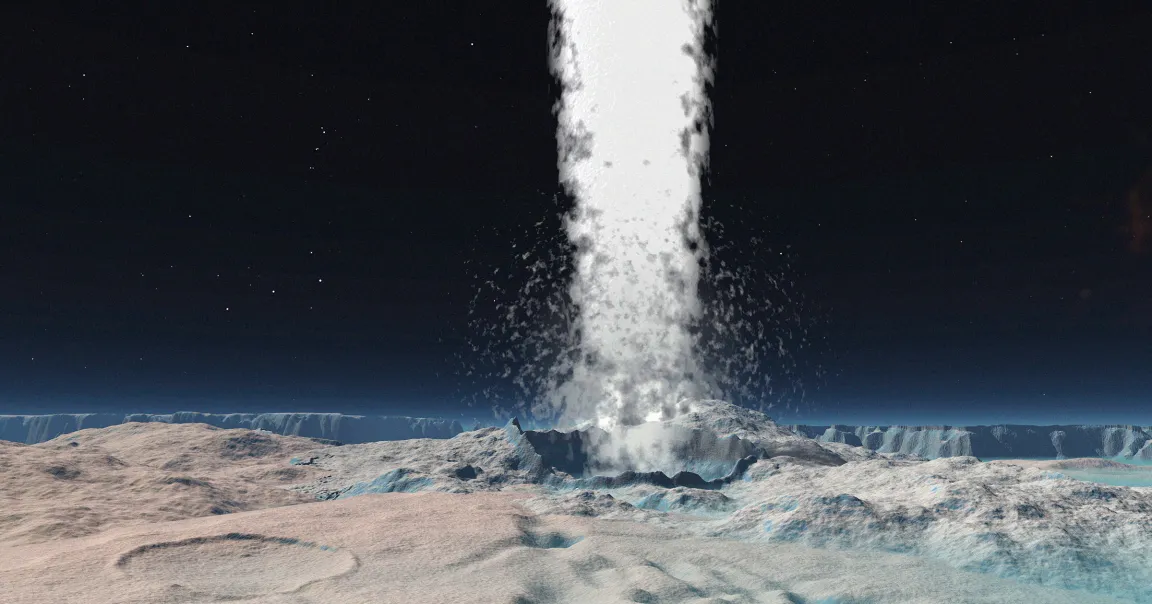September 3, 2025 — A new study has shed light on the baffling electrical discharges that have disrupted satellites, revealing a direct link between high-energy electron activity in space and damaging electrostatic surges on spacecraft.
Decoding the Electrical Breakdown
Researchers from the Los Alamos National Laboratory equipped a DoD test satellite with two specialized sensors to monitor both ambient electron activity and the timing of electrical discharges. Over the course of a year, the sensors recorded 272 sudden energy releases—each occurring 24 to 45 minutes following a surge in high-speed electrons in the satellite’s environment.
This delay indicates a critical build-up of charge: as electron flux peaks, spacecraft components accumulate electrical charge until a threshold triggers a discharge event—akin to a micro lightning strike in orbit.
Why This Discovery Matters
- Predictive Power: The measurable delay between electron peaks and charge discharge creates an opportunity to forecast potentially damaging events and safeguard sensitive satellite electronics.
- Technology Resilience: With better forecasting, operators can deploy preventive measures—such as adjusting satellite orientations or activating protective systems—to mitigate damage.
- Space Weather Awareness: The finding underscores how dynamic conditions in Earth’s geostationary orbit—driven by solar and terrestrial electron activity—can directly impact satellite reliability.
Broader Implications
Past incidents like the 1994 failure of Canadian satellites during a solar storm highlight the real-world risks. Understanding this charge-discharge mechanism opens pathways to more robust spacecraft design and improved mission longevity.
Experts anticipate that this knowledge will drive the development of early-warning systems for space operators—offering a proactive defense against the invisible but potent forces of the space environment.
















Leave a Reply